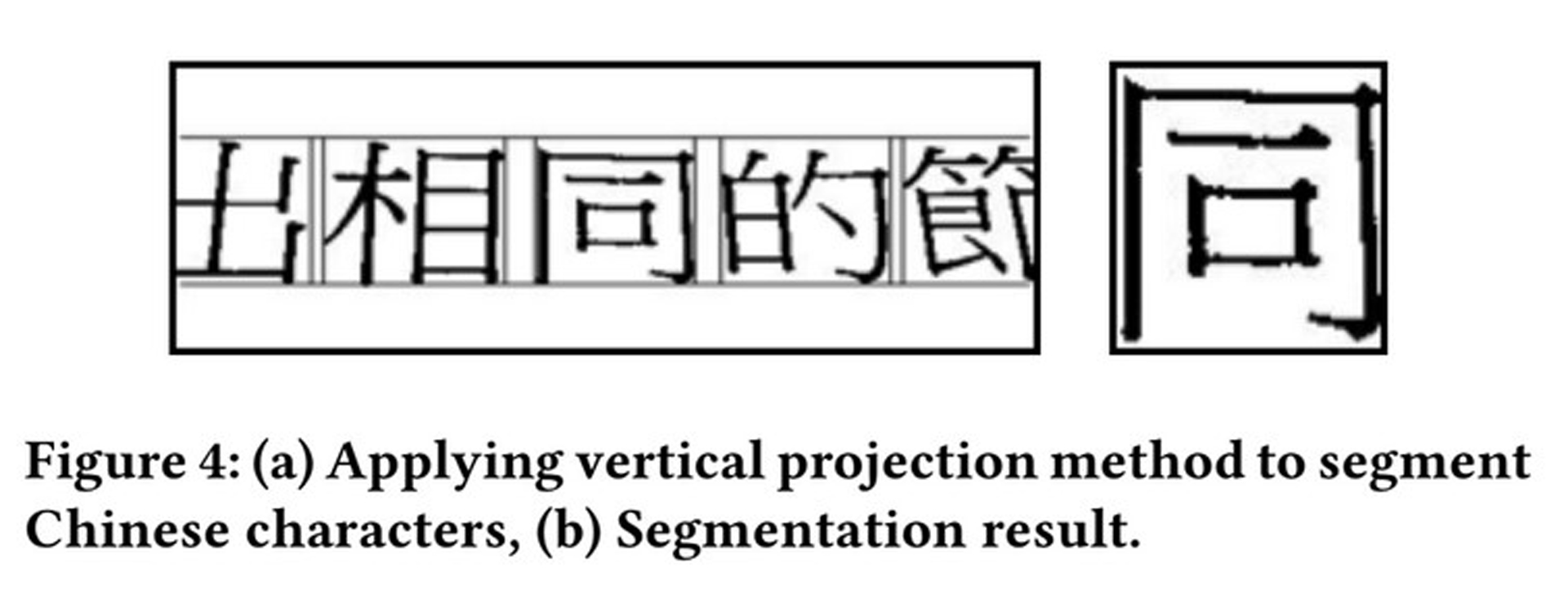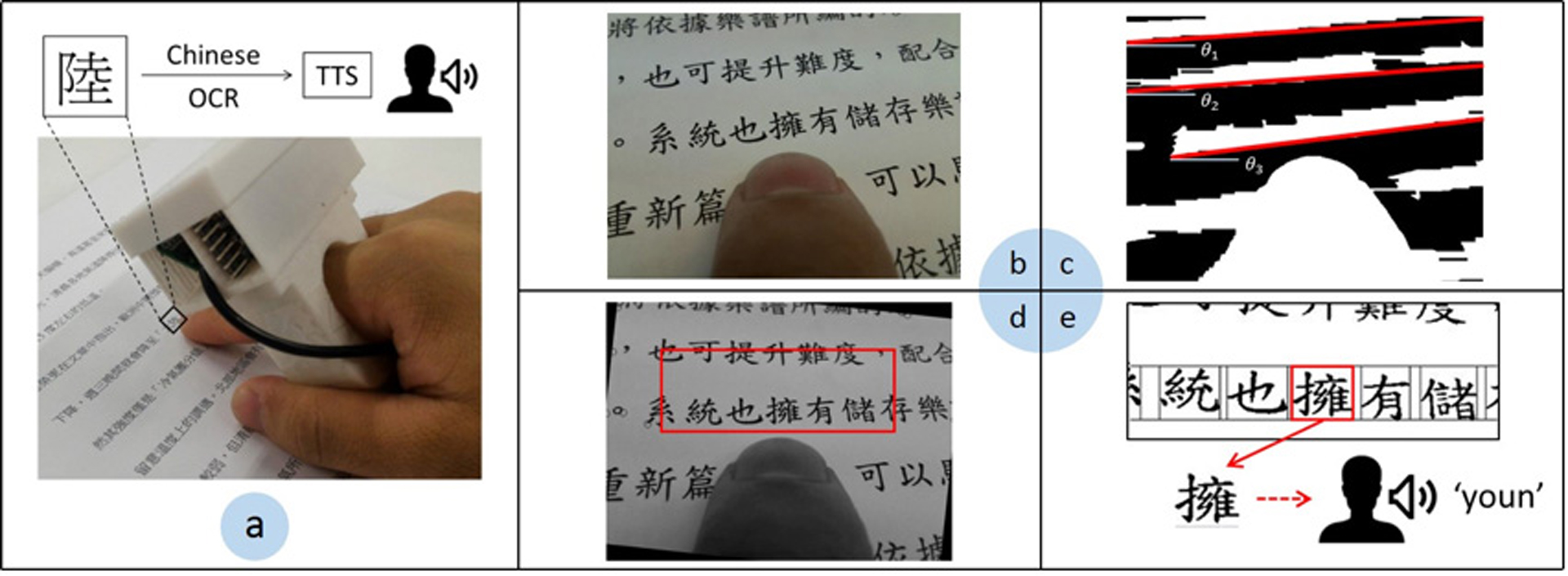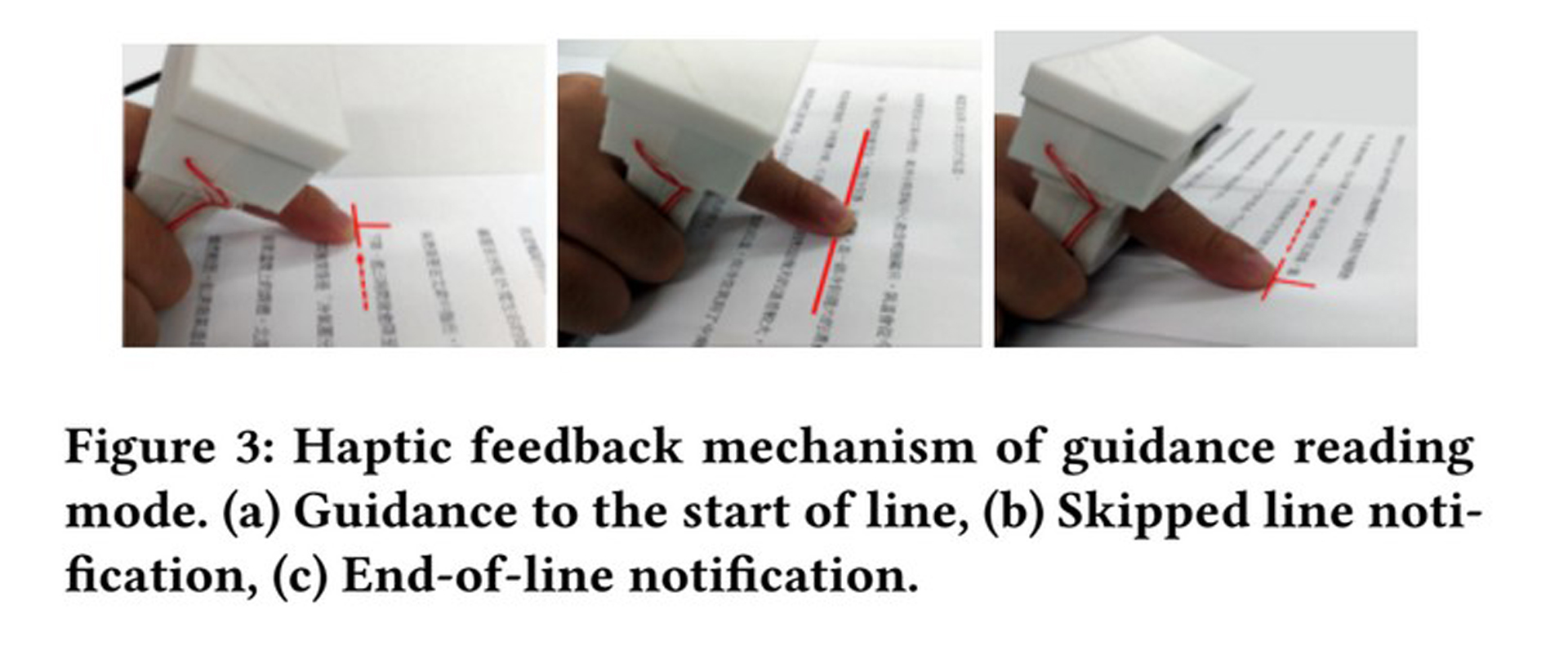“Chinese FingerReader: A Wearable Device to Explore Chinese Printed Text” by Chu, Hsieh, Lin, Chen and Chou
Conference:
Type(s):
Entry Number: 54
Title:
- Chinese FingerReader: A Wearable Device to Explore Chinese Printed Text
Presenter(s)/Author(s):
Abstract:
Reading is an essential part of daily life. When reading books, drug information, textual icons on electronic devices (e.g., microwave), and information on signs and maps (e.g., location and floor level), people must be able to recognize the words to obtain the information they need. However, for foreigners or people with visual impairment, reading text can be challenging. To assist people with visual impairment in reading English books, Shilkrot et al. have designed a wearable device called the FingerReader [Shilkrot et al. 2014]. The FingerReader utilizes a text-to-speech engine to enable visually impaired users to listen to printed text. Anhong et al. developed a mobile application to assist blind people in using otherwise inaccessible interfaces [Guo et al. 2016]. Through utilizing the phone camera, the software captures the text on an interface and then interactively describes the text beneath the user’s finger.
Keyword(s):
Additional Images:

Acknowledgements:
This work was supported by the Ministry of Science and Technology, Taiwan, R.O.C., under the Grant MOST 105-2221-E-032-055.






